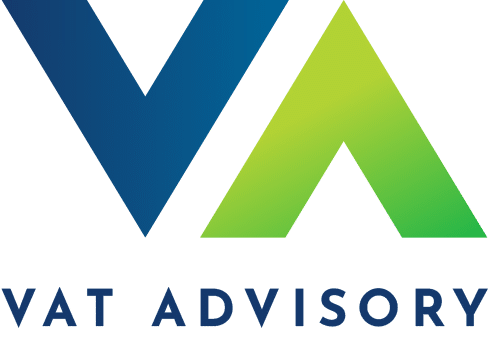Case Study: EU-Based Supplier Navigating Cross-Border Supply and Installation VAT Challenges
Business Activities
- Goods Supply and Installation: An EU-based supplier delivered and installed a custom entertainment attraction in the UK for a VAT-registered UK customer.
Transaction Details
- The EU supplier shipped goods directly to the UK customer under Delivery at Place (DAP) terms.
- The UK entity, part of the same group as the EU supplier, acted as the Importer of Record (IOR) but was not VAT registered.
- The EU supplier settled the Import VAT but did not assume the role of IOR.
- The goods were invoiced to the UK customer as a comprehensive service, including “engineering, producing, delivering, and installing” the entertainment attraction.
- The absence of a local supply by the UK entity creates a gap in the supply chain documentation, as the direct delivery bypassed the UK entity acting as IOR.
Key VAT Challenges and Insights
1. Import VAT Refund Eligibility
A. Non-UK Business VAT Refund
- VAT refunds for non-UK businesses must be filed within six months after the end of the prescribed year (1 July – 30 June).
- Issue: For goods imported in February 2023, the refund deadline of 31 December 2023 has already passed.
- Complication: Since the EU supplier was not the IOR, it is ineligible to claim the refund directly.
B. UK VAT Registration Requirements
- The responsibility for reclaiming Import VAT lies with the IOR. However, the UK entity acting as IOR was not VAT registered.
- HMRC typically requires the owner of the goods to reclaim VAT, further complicating eligibility.
2. Documentation Gaps and Supply Chain Issues
- The goods were delivered directly from the EU supplier to the UK customer, bypassing the UK entity acting as IOR.
- This documentation gap may prompt HMRC scrutiny, particularly regarding the proper allocation of VAT responsibility.
- Establishing a clear transaction flow between the EU supplier, UK entity, and the UK customer is essential to avoid compliance risks.
3. Potential VAT Registration and Compliance Solutions
A. Regular VAT Registration
The EU supplier could register for UK VAT and:
- Act as the IOR.
- Charge and remit UK VAT for both the goods and installation services.
B. Simplification for Imported Goods’ Supply with Installation
The EU supplier may opt to shift VAT liability to the UK customer via the reverse charge mechanism.
- Conditions for Simplification:
- A one-off project, not part of recurring business activities.
- The UK customer is VAT registered.
- HMRC must be notified in advance of the first invoice.
C. Correct Import Documentation
Amend invoices and import documents to align with the correct IOR and supply chain structure.
4. Evaluating the Supply of Goods vs. Services
The transaction involved “engineering, producing, delivering, and installing” an entertainment attraction, potentially classified as a supply of services.
- VAT Treatment:
- If treated as a supply of goods, VAT is due where the goods are installed (UK).
- If classified as land-related services, UK VAT also applies.
- The precise nature of the supply impacts registration and VAT compliance obligations.
Outcome and Recommendations
- The likelihood of reclaiming Import VAT is low due to missed deadlines, incomplete documentation, and registration challenges.
Conclusion
This case demonstrates the complexities of cross-border VAT compliance, particularly for EU-based suppliers managing UK installations. Proper documentation, timely VAT registration, and adherence to rules are essential for reducing compliance risks and securing VAT refunds.
